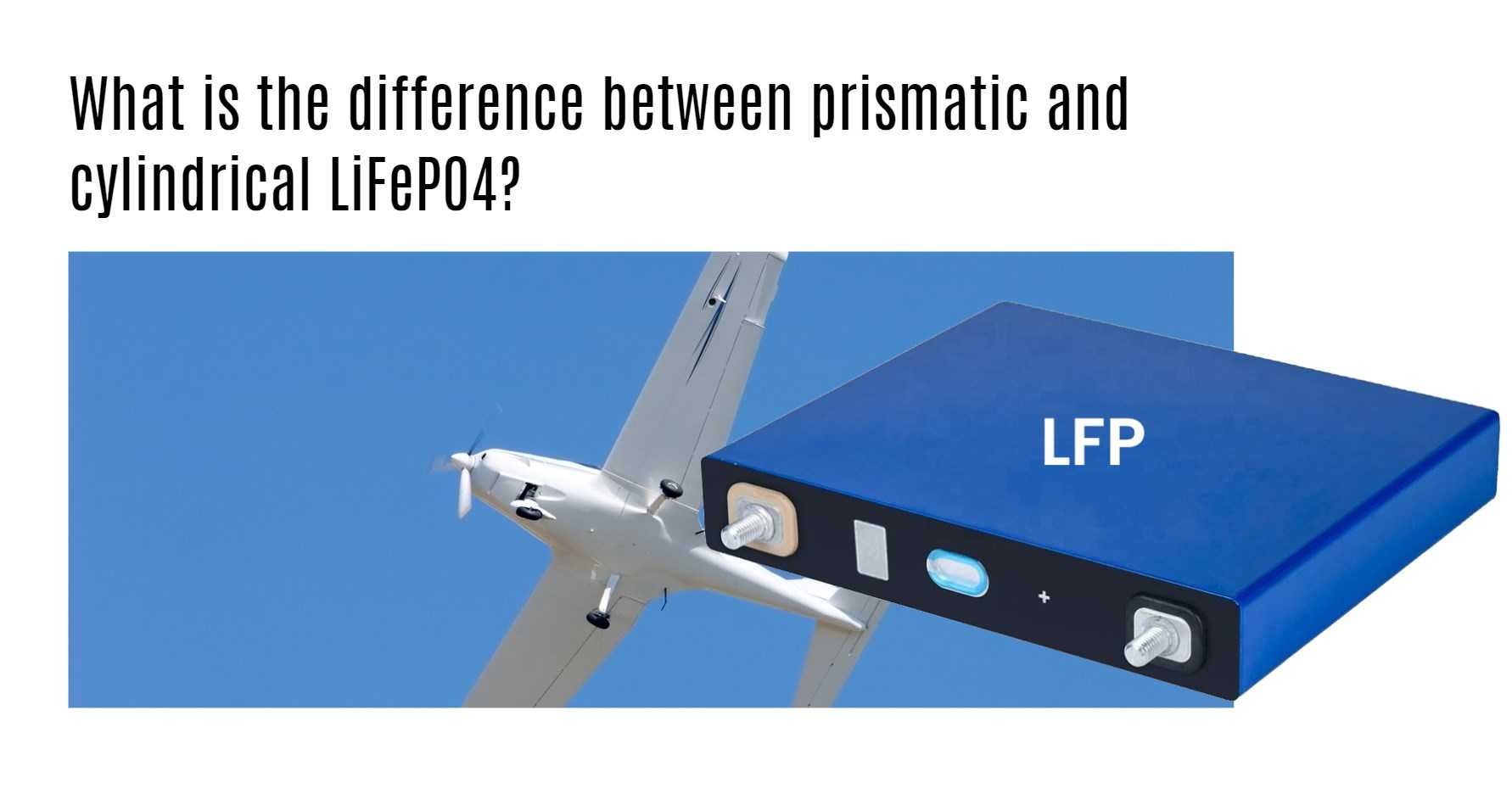What are lifepo4 prismatic cells?
LiFePO4 prismatic cells are a type of rechargeable lithium-ion battery that is widely used in various applications. They have a unique structure that consists of multiple flat, rectangular-shaped cells stacked together to form a larger battery pack.
One of the key benefits of lifepo4 prismatic cells is their high energy density, which means they can store more power in less space than traditional lead-acid batteries or cylindrical lithium-ion batteries. This makes them an ideal choice for applications where space is limited and weight is a concern.
In addition to their compact size and lightweight design, LiFePO4 prismatic cells offer several other advantages over other types of batteries. For example, they have longer cycle life, meaning they can be charged and discharged more times without degrading as quickly as other battery chemistries.
Wholesale lithium golf cart batteries with 10-year life? Check here.
Another advantage of lifepo4 prismatic cells is their improved safety features. Unlike some other lithium-ion batteries that can be prone to overheating or catching fire under certain conditions, liFePO4 prismatic cells are much safer and less likely to experience these issues.
Want OEM lithium forklift batteries at wholesale prices? Check here.
Lifepo4 prismatic cells are an excellent choice for anyone looking for a reliable and long-lasting power source that offers superior performance compared to traditional lead-acid or cylindrical lithium-ion batteries.
What are the benefits of lifepo4 prismatic cells?
LiFePO4 prismatic cells have been gaining popularity in recent years due to their numerous benefits. Firstly, they are known for their high energy density, which means that they can store a lot of energy in a small space. This makes them ideal for use in portable devices such as smartphones and laptops.
Another benefit of LiFePO4 prismatic cells is their long cycle life. They can be charged and discharged many times without losing much of their capacity, making them highly reliable and cost-effective over the long term.
In addition, LiFePO4 prismatic cells offer excellent safety features compared to other types of lithium-ion batteries. They are less prone to overheating or catching fire because they do not contain any flammable materials like cobalt or nickel.
Furthermore, these cells have faster charging capabilities compared to other lithium-ion batteries on the market. This means that you can charge your device quickly and get back to using it in no time!
The benefits of LiFePO4 prismatic cells make them an attractive option for anyone looking for a reliable and safe power source for their applications.
What is LiFePO4 prismatic cell size?
- LiFePO4 Prismatic Cell Sizes: LiFePO4 prismatic cells come in various sizes, with 18650 and 26650 being the most common. The first number represents the diameter, while the second number represents the length.
- Diameter and Length: For example, an 18650 cell has a diameter of 18 mm and a length of around 65 mm. A 26650 cell has a diameter of 26 mm and a length of around 65-70 mm.
- Application Considerations: Choosing the appropriate LiFePO4 prismatic cell size depends on the power requirements and space limitations of the specific application. Smaller cells are suitable for handheld devices, while larger cells are necessary for high-powered applications like electric vehicles.
How to choose the best lifepo4 prismatic cells for your application?
- Cell Size: Consider the size of the LiFePO4 prismatic cell that fits your specific requirements. Different sizes are available, and choosing the right one is crucial for a proper fit in your application.
- Capacity: Evaluate the capacity of the cell, which determines how much energy it can store and how long it will last before needing recharging. Consider the energy requirements of your application, such as voltage, current draw, and run time.
- Discharge Rate: Take into account the cell’s discharge rate or C-rating, which affects how quickly you can use up the stored energy. Higher discharge rates provide more power but may reduce the overall lifespan of the cell.
- Safety Features: Consider safety mechanisms such as overcharge/discharge protection and built-in balancing circuitry. These features help extend battery life and maintain optimal performance while ensuring safety during operation.
What is the difference between prismatic and cylindrical LiFePO4?
- Integration and Volume Utilization: Prismatic batteries have a square, low-profile design that allows for closer cell arrangement without gaps. This design improves integration level and volume utilization compared to cylindrical batteries.
- Expandability: Prismatic batteries require fewer cells to increase capacity compared to cylindrical batteries. This makes them more suitable for applications that require higher capacity without significantly increasing the number of cells.
- Life Span and Internal Pressure Tolerance: Cylindrical batteries have a longer life span and better tolerance for internal pressure. They can continue to operate even if one cell fails. Prismatic batteries, on the other hand, may experience a shorter life span due to inconsistency issues that can affect the entire battery pack’s performance.
- Weight: Prismatic batteries are designed to be lightweight and use metallic, stainless steel, or aluminum shells, making them lighter compared to cylindrical batteries that use steel shells.
- Energy Density: Prismatic LiFePO4 batteries offer higher energy density compared to cylindrical batteries due to their configuration. The prismatic shape allows for easier connection of multiple separate cells to produce a battery pack.
- Manufacturing Cost: Cylindrical batteries are faster and cheaper to manufacture due to the matured manufacturing industry. Prismatic batteries, on the other hand, are more difficult and costlier to manufacture.
- Application Considerations: Prismatic batteries are more suitable for small and portable electronic devices, while cylindrical batteries find applications in power tools, e-bikes, laptops, and medical instruments.







